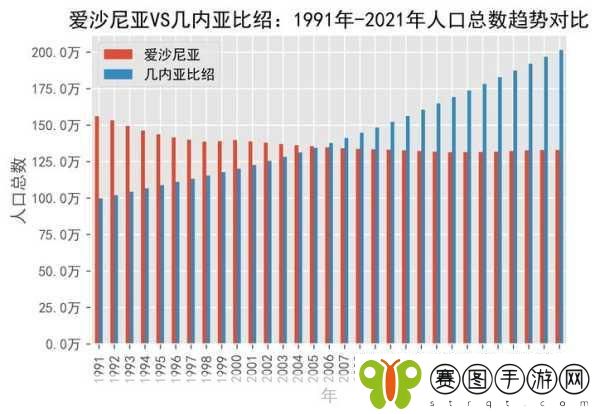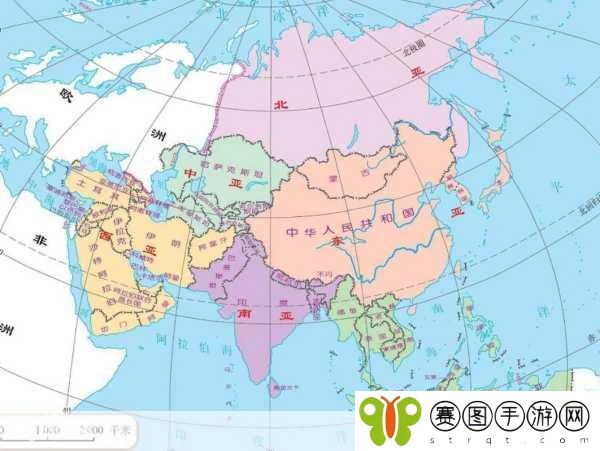全球人口的分布与变化
世界各地的人口分布一直是社会科学和经济学研究的重要课题。亚洲、欧洲和美洲作为三个主要地区,各自拥有独特的人口结构及其动态,这些因素对全球经济、文化交流以及政策制定产生深远影响。
亚洲:人类的摇篮
中国和印度两国分别位居世界第一和第二大人口国,合计占据了近三分之一的全球总人口。随着城市化进程加速,以及教育水平提高,越来越多的人从农村迁移至城市。这种趋势不仅促进了工业发展,也带来了诸如住房短缺、交通拥堵等新的挑战。此外,东南亚国家也在快速增长中,例如印尼、菲律宾等国都呈现出明显的人口上升势头。在未来几十年内,预计这些区域将继续吸引大量劳动力,为地区经济提供支持。

欧洲:老龄化危机
与其他地区相比,欧洲面临着不同的发展模式。许多西欧国家经历了低出生率的问题,同时伴随高寿命导致老龄化日益严重。例如,日本虽然地处于亚洲,但其老龄化情况可以代表部分发达国家所面对的共同困境。为了应对这项挑战,一些**开始推行鼓励生育政策,并考虑通过移民来补充年轻劳动者,从而缓解劳动力不足的问题。然而,这一策略同时也引发了一系列关于文化融合及社会稳定性的讨论。
美洲:新兴市场机会
美国依旧是北美最重要的大国,其庞大的消费市场吸引着来自全世界的投资。而拉丁美洲则展现出了强劲的发展潜力,如巴西、墨西哥等国正逐步成为新兴力量。同时,美洲整体年轻人口比例较高,使得这一地区具备更为灵活且富有创新精神的劳动力。但值得注意的是,不同国家之间存在巨大的社会不平衡问题,需要更多国际合作以推动可持续发展.

科技如何改变人口流动性
The rise of digital technology has revolutionized how people interact, work, and even migrate. Remote working trends allow individuals to seek opportunities beyond their geographical constraints. Countries in Asia are becoming tech hubs attracting talent from Europe and America while providing locals with jobs that were previously unavailable. The interconnectedness brought by the internet fosters knowledge exchange and cultural understanding across different regions.
BPO产业助力亚洲崛起
A significant contributor to Asian economies is the Business Process Outsourcing (BPO) industry, which has seen exponential growth over recent years. Countries like India and the Philippines have positioned themselves as leaders in this sector due to a large English-speaking workforce willing to embrace global business practices. This trend not only boosts local employment but also alters traditional job markets within these nations.
Diversity & Challenges Ahead
The demographic landscape is continuously evolving; migration patterns influenced by economic conditions, climate change, or social unrest contribute significantly to population shifts among these three regions. For instance, conflicts or natural disasters might force populations out of their native lands into more stable societies where they can rebuild their lives—this creates both opportunities for receiving countries as well as challenges regarding integration policies.
Asian urbanization effects on global economy Elderly care strategies in European welfare states Youth engagement initiatives across Latin American communities









